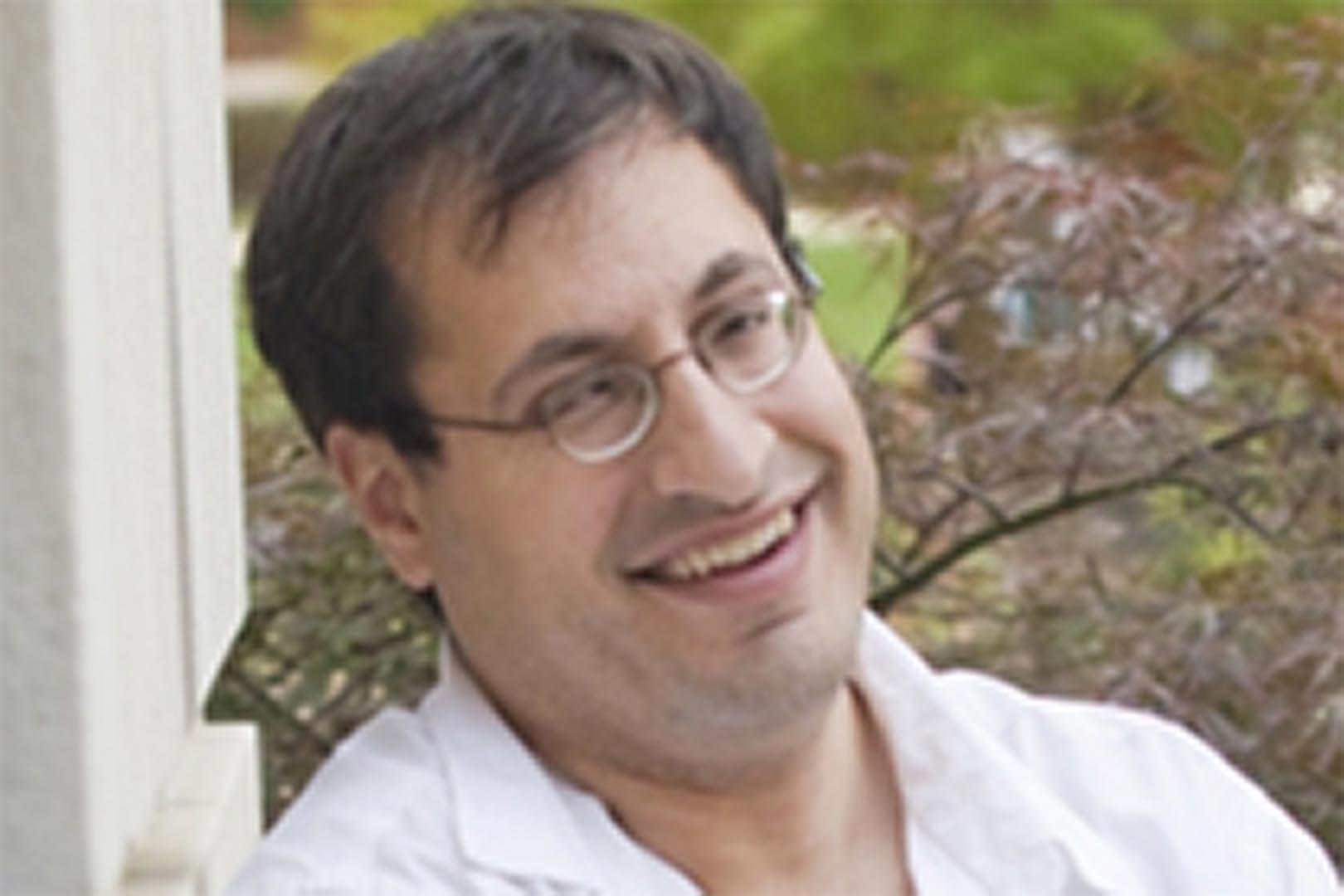The Ghost (Writer) In The Machine
June 26, 2016

English Professor Matthew G. Kirschenbaum explores the technology of writing.
By Tom Bartlet The Chronicle of Higher Education
Charles Dickens wrote with a feather quill. T.S. Eliot used a fountain pen engraved with his initials. Jack Kerouac typed On the Road on a portable Underwood.
The technology of writing — how words move from an author’s mind to the page — has improved drastically over the years. Perhaps the biggest advance came toward the end of the 20th century with the rise of the personal computer, allowing authors to easily revise without having to rewrite.
Goodbye, Wite-Out. Hello, delete key.
Helpful as the computer seemed, plenty of writers viewed this magical invention with skepticism (and some holdouts, fond of old-fashioned implements, still do). They worried that it would change writing for the worse, or that the glowing box might replace the writer entirely.
Matthew G. Kirschenbaum explores those anxieties in his new book, Track Changes: A Literary History of Word Processing (Harvard University Press), and attempts to identify the first novel written on a word processor. Along the way, Kirschenbaum, an associate professor of English at the University of Maryland at College Park, digs up anecdotes from the recent past that — now that computers are so thoroughly embedded in our lives — feel like ancient history.
For more click here.

